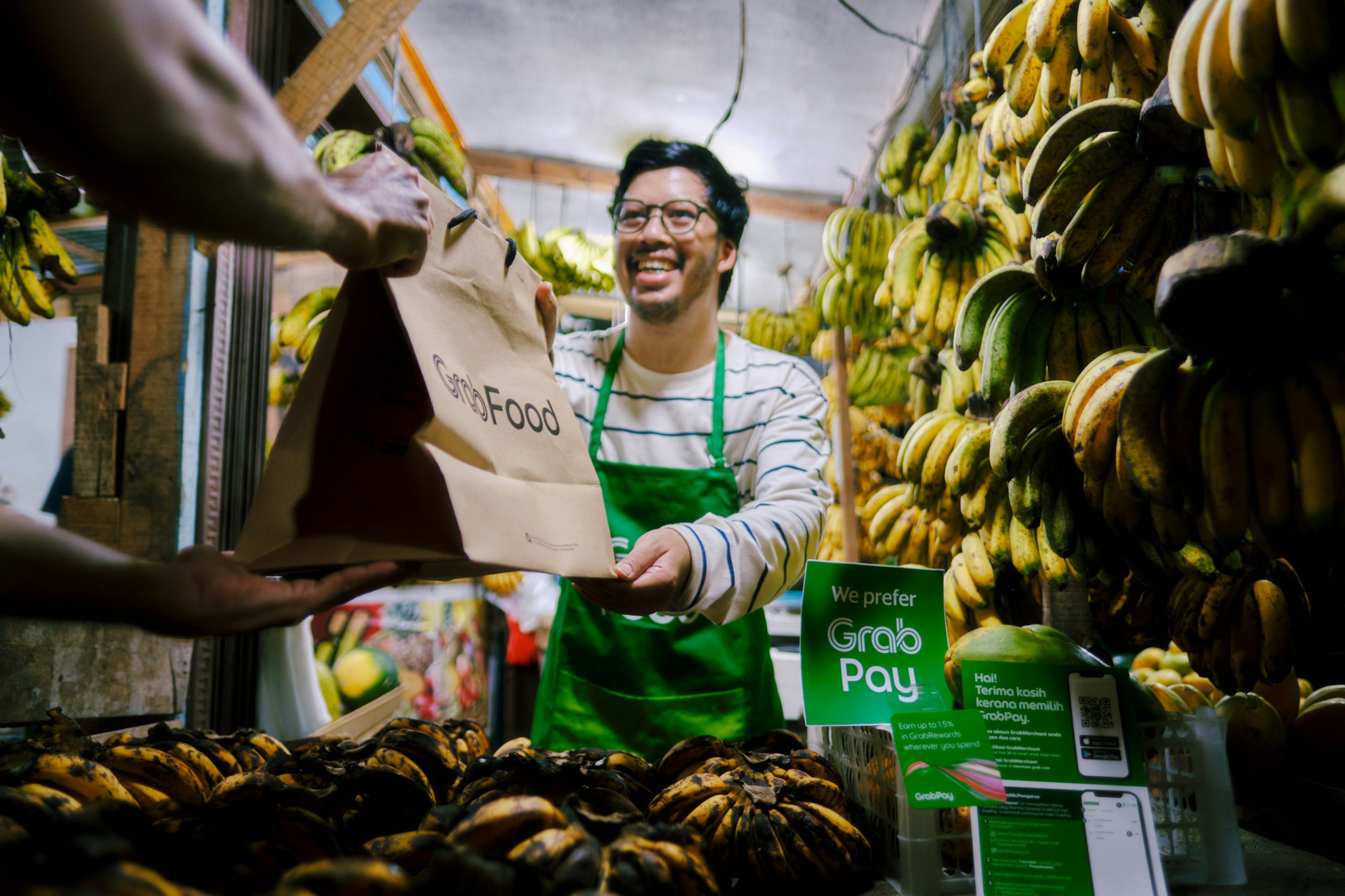Get ready to hear the term “TikTok Kitchen” early and relatively often in 2022.
The video-sharing social media platform – which has more than 1 billion monthly users – recently announced a partnership with Virtual Dining Concepts to launch numerous delivery-only TikTok Kitchens across the U.S. starting in March.
“This is a sign of trends to come,” Jen Ruiz, a TikTok creator with more than 200,000 followers, told The Food Institute. “We’ve seen TikTok drive massive sales in everything from cranberry juice to blocks of cheese.”
About 300 TikTok restaurants are planned across the country for the launch, and co-founder Robert Earl expects more than 1,000 by the end of 2022, according to Bloomberg.
“This is a huge step forward for virtual brands because it shortens the path between innovation and distribution while reducing friction from the consumer’s intent to purchase and the point of ordering,” said Carl Orsbourn, co-author of the book Delivering the Digital Restaurant.
“There’s a sense of missing out if you don’t try these ‘viral’ recipes, and it feels fun to be a part of collective pop culture,” Ruiz said.
Virtual Dining Concepts said TikTok Kitchen was developed in partnership with delivery provider Grubhub. TikTok Kitchen’s menu will feature dishes that have gone viral on the social-media platform, like baked feta pasta, for example, reported Restaurant Business (Dec. 21).
Evidence suggests TikTok has an influence on what people eat; a study by marketing agency MHG recently found that 36% of TikTok users had ordered from a restaurant after seeing a video about it on the app.
TikTok will get part of the revenue generated by TikTok Kitchen and will use it to pay creators and encourage new ones to get involved. While further details remain unclear, Virtual Dining Concept’s website claims TikTok Kitchen could generate up to $500 in daily profits for restaurant partners, Restaurant Business noted.
Virtual kitchens and nearly-synonymous, off-premises “ghost kitchens” have garnered interest from business leaders recently due to the fact they often aid bottom lines in multiple respects.
“Alongside the lower real estate costs, ghost kitchens can save on other costs because they need less labor for waiting tables and cleaning the restaurant,” Kevin Burke, managing director at Trinity Capital, told The Food Institute. “Ghost kitchens can have double the margin of dine-in restaurants.”











